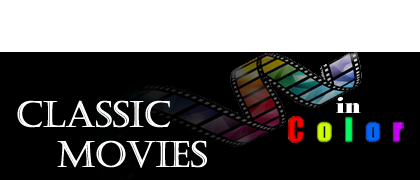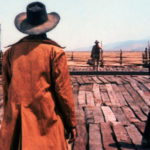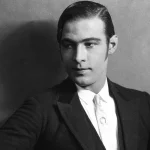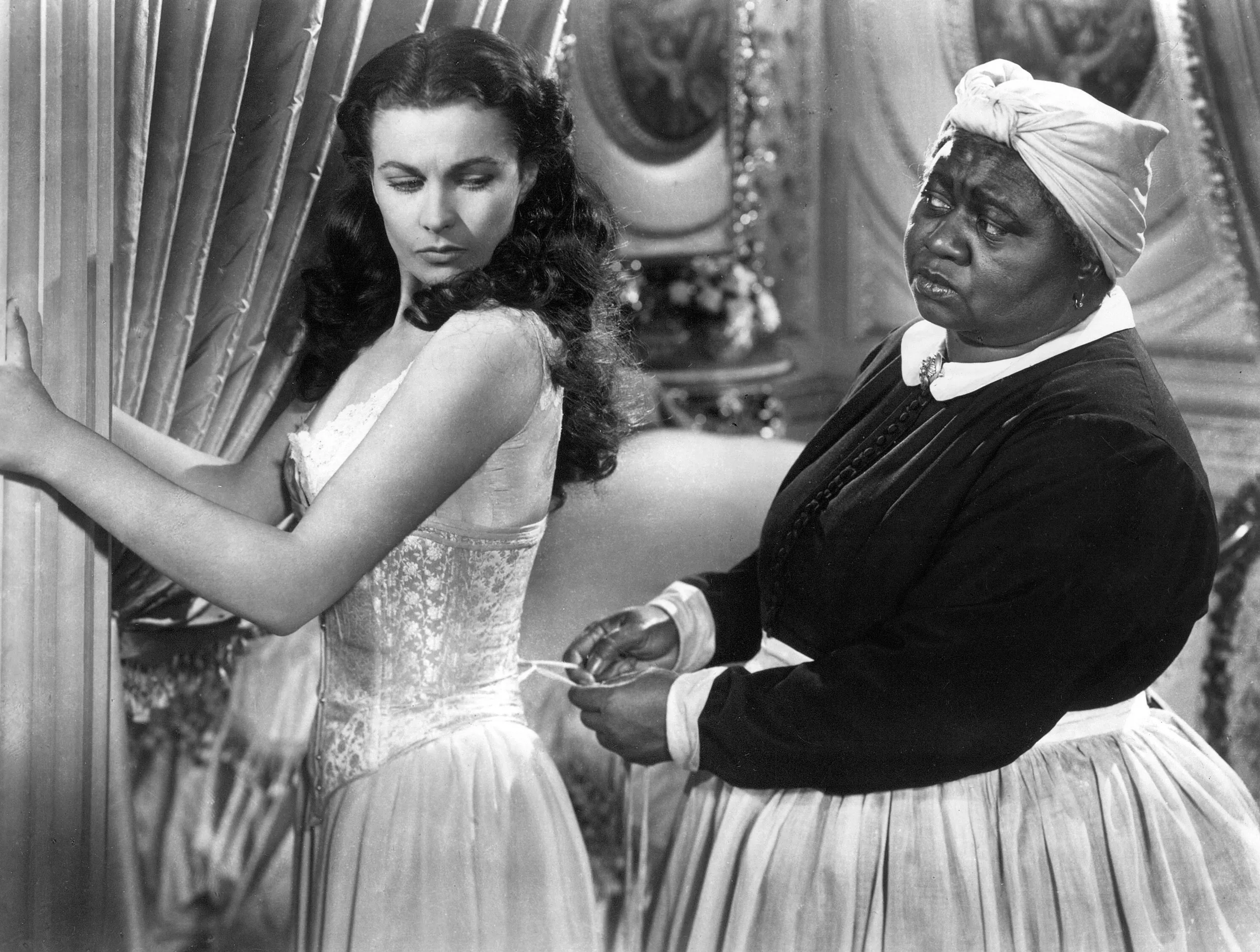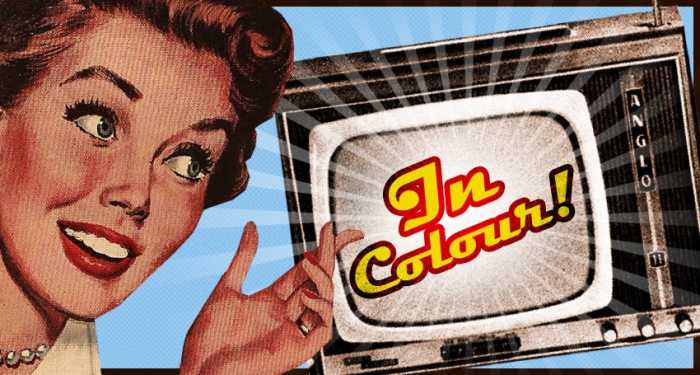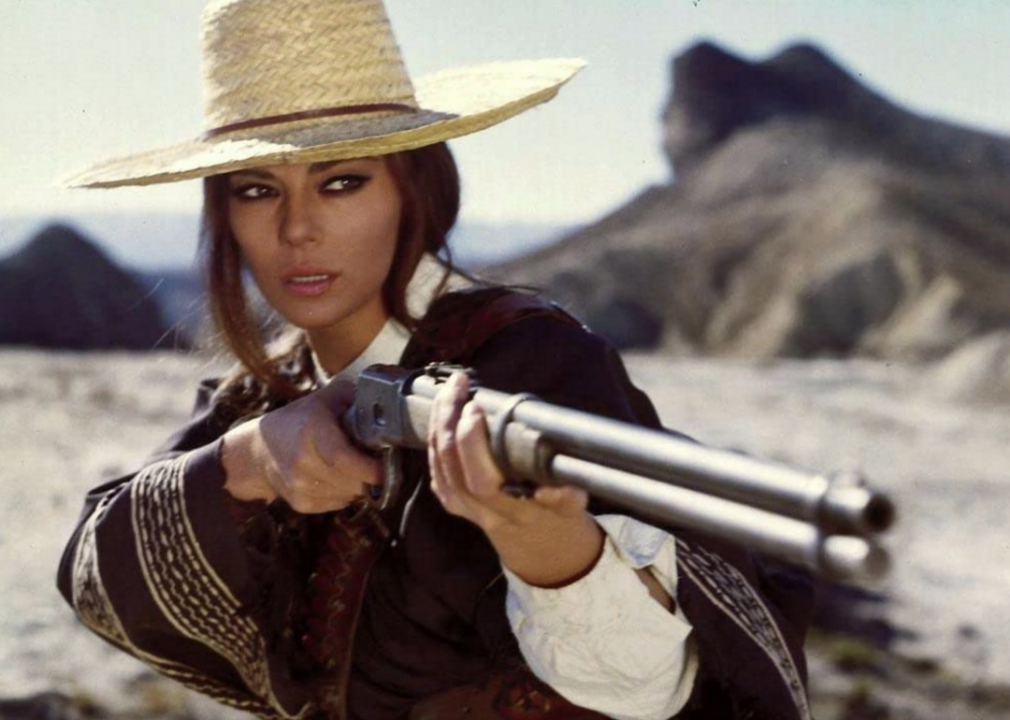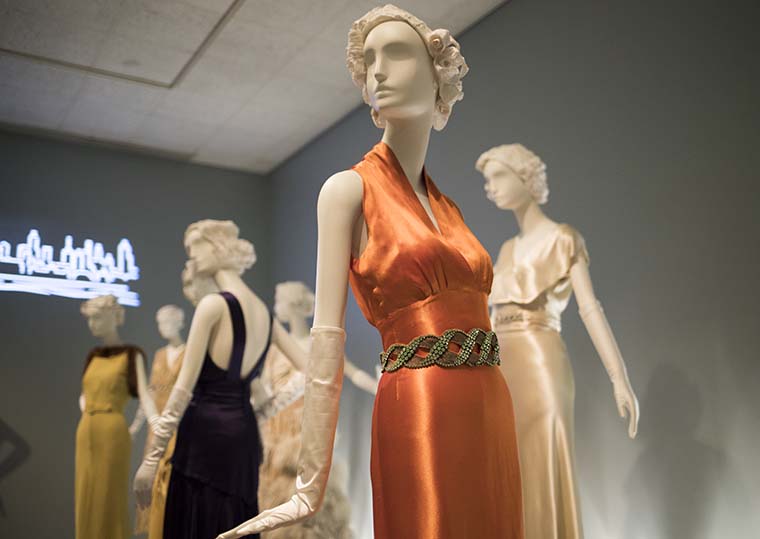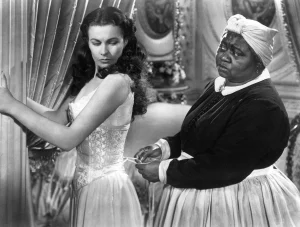
Classic Hollywood movies hold a timeless charm, captivating audiences with their captivating stories, charismatic actors, and iconic cinematography. However, beneath the glitz and glamour, there lies a troubling aspect that is often overlooked – the issue of racism. Throughout the golden era of Hollywood, many classic films glossed over or perpetuated racist stereotypes, reflecting the prevailing attitudes of the time. In this blog post, we shed light on how Hollywood approached and, in some cases, ignored the sensitive topic of racism in classic movies.
Racist Stereotypes in Character Portrayals
During the early and mid-20th century, Hollywood frequently portrayed minority characters using offensive and stereotypical depictions. African-American, Asian, Hispanic, and Native American characters were often relegated to one-dimensional roles, perpetuating harmful stereotypes. They were depicted as maids, servants, sidekicks, or villains, reducing them to caricatures that lacked depth and authenticity.
Whitewashing of Roles
In another troubling practice, Hollywood frequently cast white actors in roles originally written for characters of different ethnic backgrounds. This “whitewashing” not only denied opportunities to actors of color but also perpetuated the marginalization and erasure of minority voices and experiences. This practice persisted for many years, depriving audiences of authentic representations of diverse cultures and communities.
Racial Segregation in Film
Racial segregation was a pervasive reality during the classic Hollywood era, and it was reflected in the film industry as well. Many films had segregated audiences and portrayed segregated settings, reinforcing the divisive social norms of the time. African-American actors were often confined to roles in “race films,” which were low-budget productions intended for Black audiences but limited in scope and reach.
Exclusion of People of Color from Major Productions
Behind the scenes, people of color faced barriers and discrimination in the film industry. Opportunities for minority directors, writers, and crew members were scarce, limiting the perspectives and narratives represented in classic Hollywood movies. This lack of diversity in decision-making roles perpetuated a homogenous and exclusionary industry culture.
Glorification of White Savior Narratives
In several classic films, the white savior narrative was prevalent, where white characters were depicted as “saving” people of color from their circumstances. While these stories often intended to portray acts of heroism, they inadvertently perpetuated a patronizing and problematic narrative that implied the superiority of white characters over people of color.
While it is essential to appreciate classic Hollywood movies for their artistic achievements, it is equally crucial to acknowledge and confront the racism and prejudice prevalent in some of these films. Understanding the historical context and the prevailing attitudes of the time can help us critically examine the legacy of classic movies and recognize the need for change and progress in contemporary cinema.
In recent years, there has been a growing awareness and commitment in Hollywood to address issues of representation and diversity. Filmmakers and actors now advocate for more authentic portrayals of characters from diverse backgrounds, challenging stereotypes, and promoting inclusivity.
As audiences, we play a vital role in supporting and demanding diverse and inclusive storytelling. By acknowledging the shadows of the past, we can work towards a future in which Hollywood’s representation of race and ethnicity is more accurate, respectful, and reflective of the rich tapestry of human experiences.
